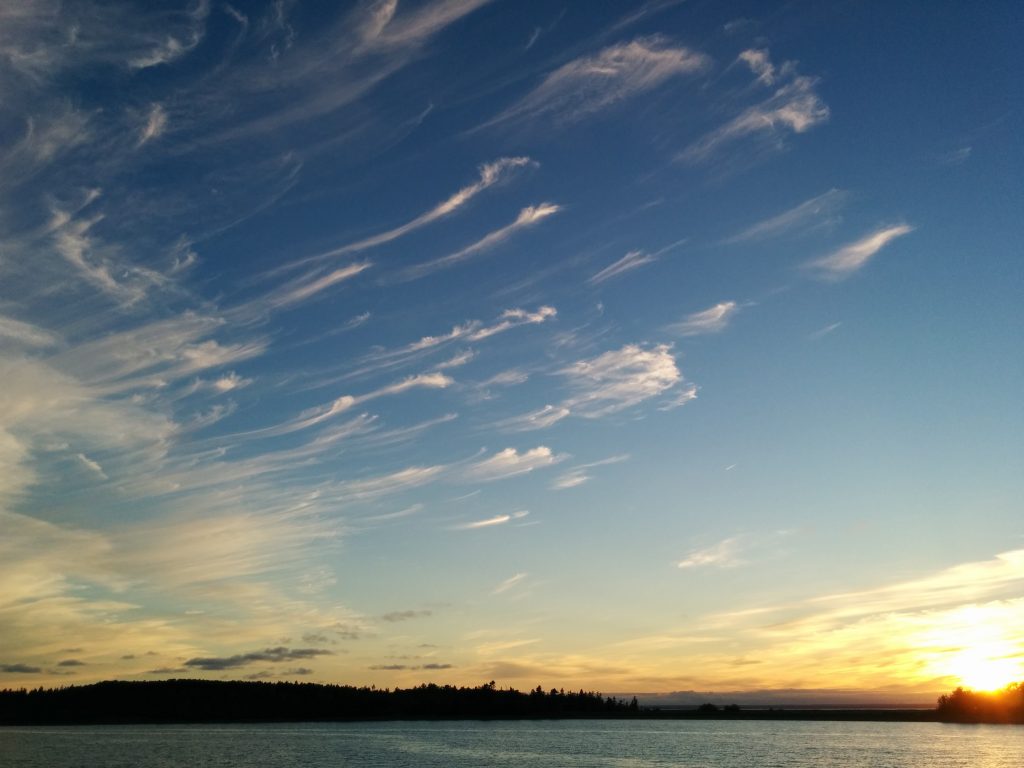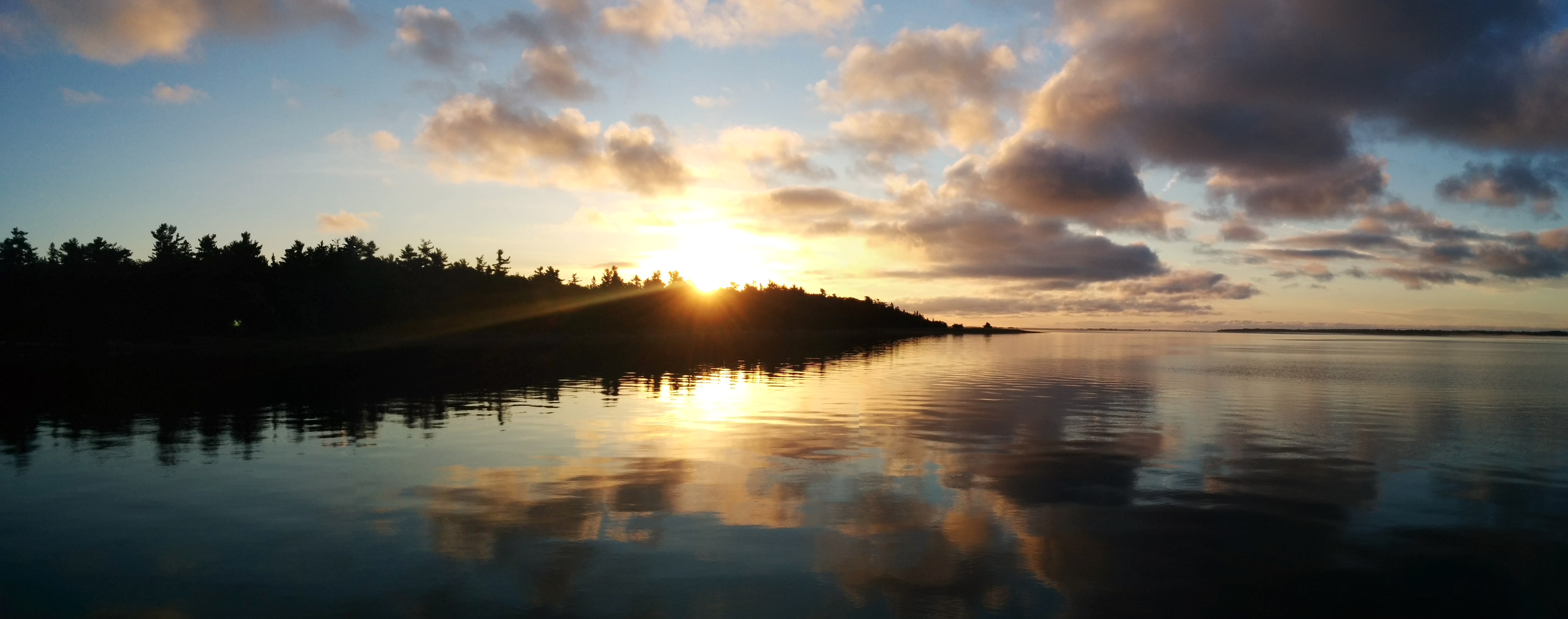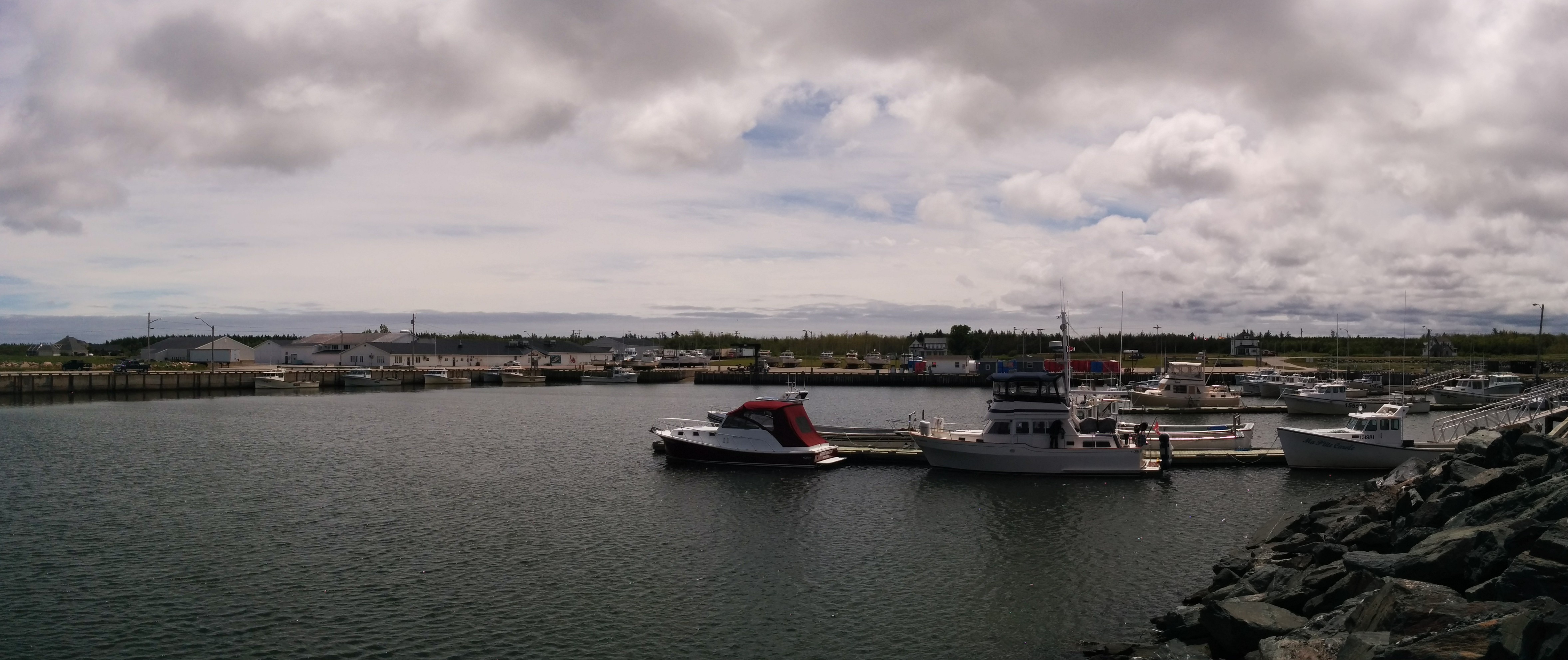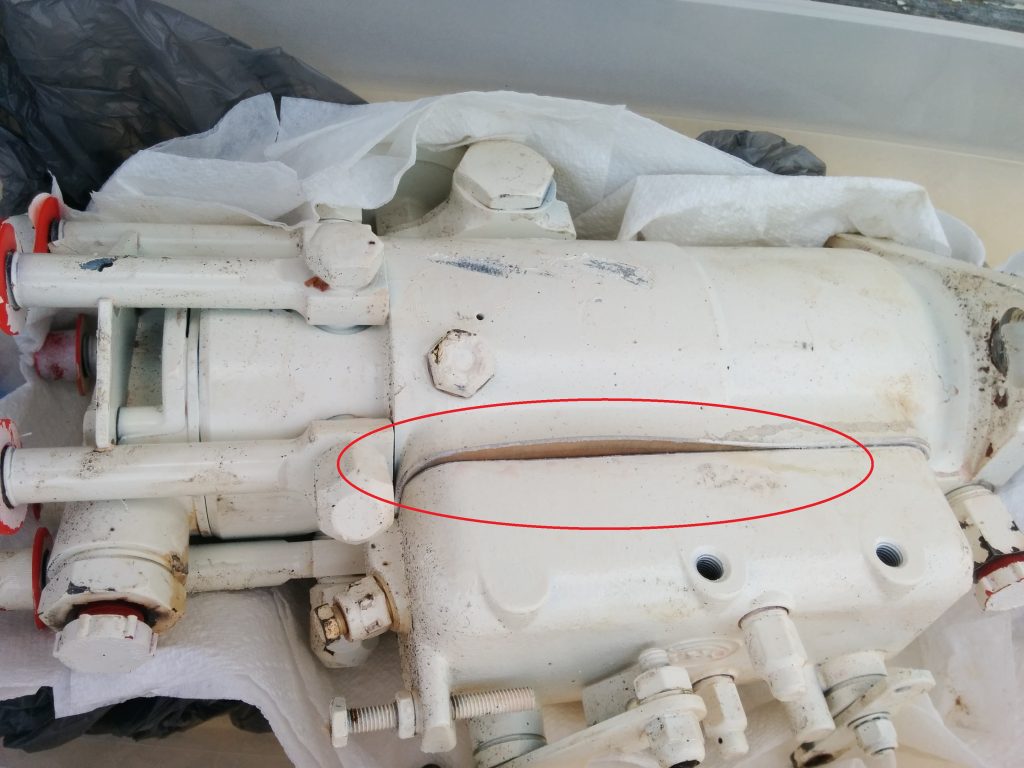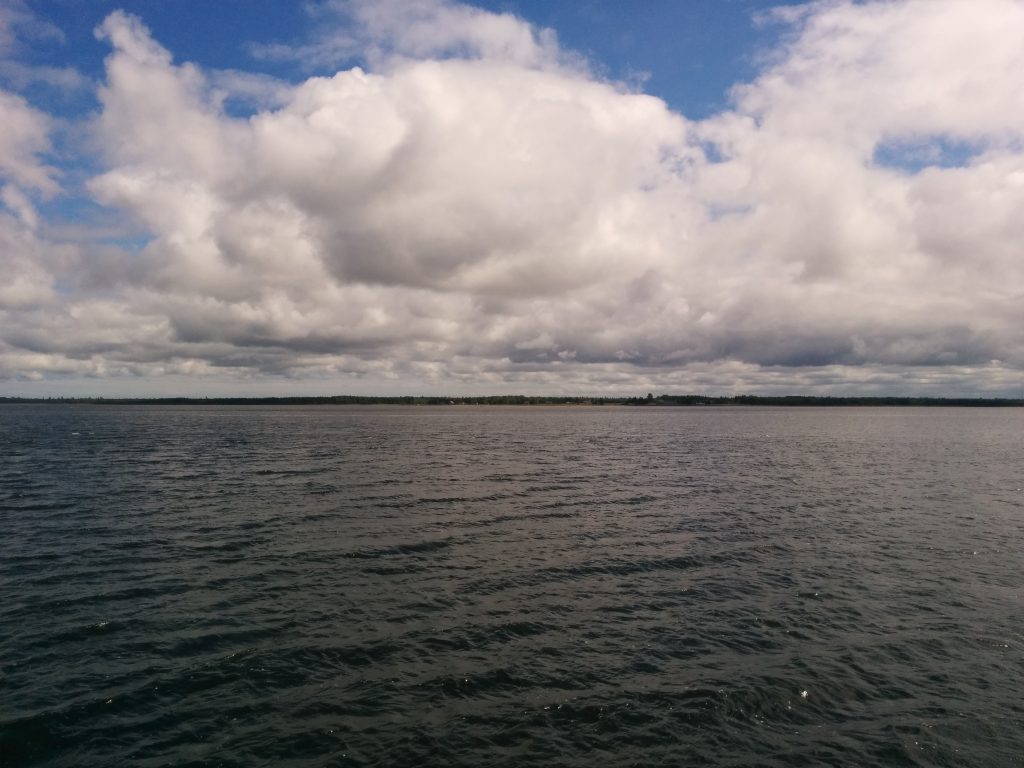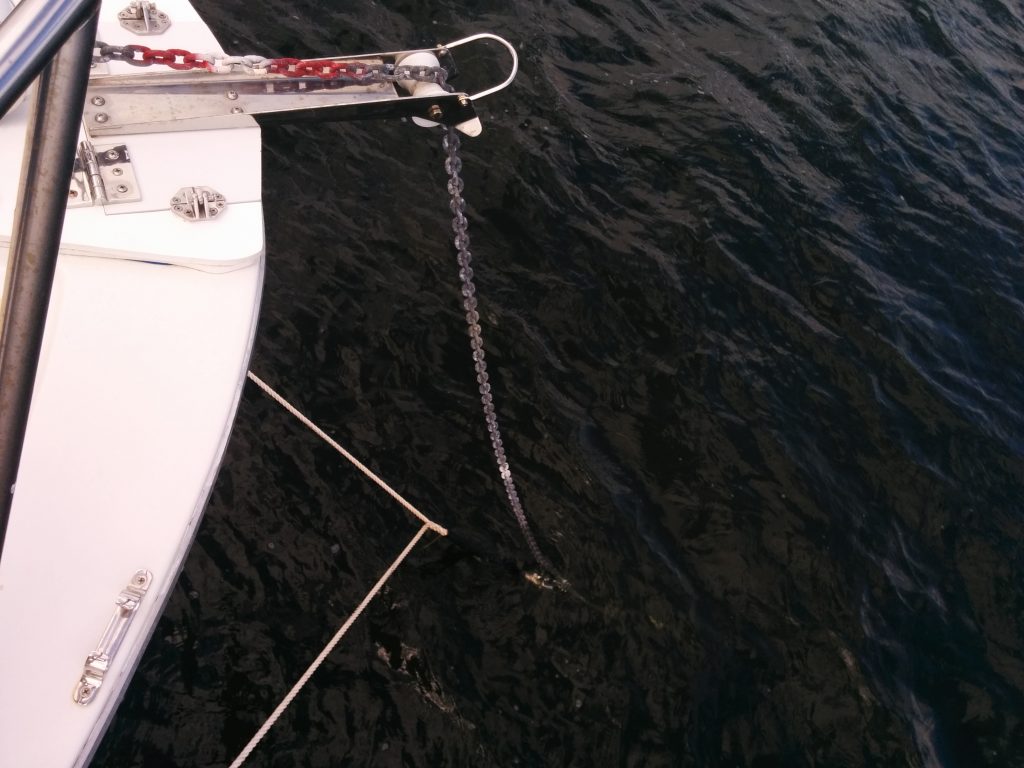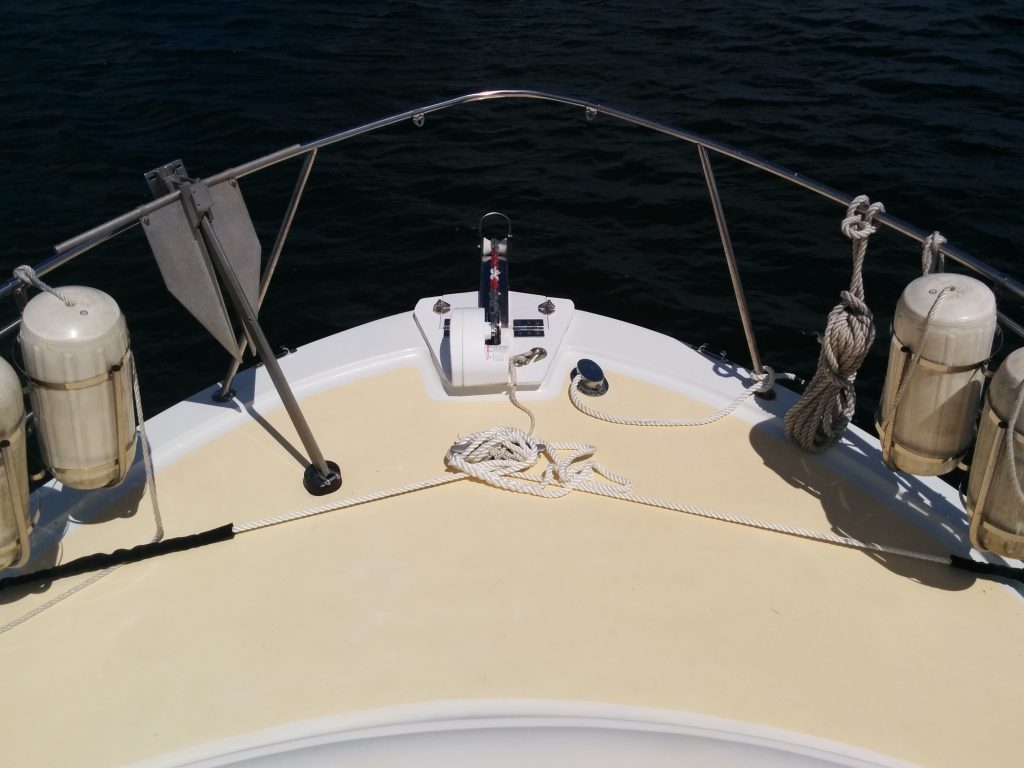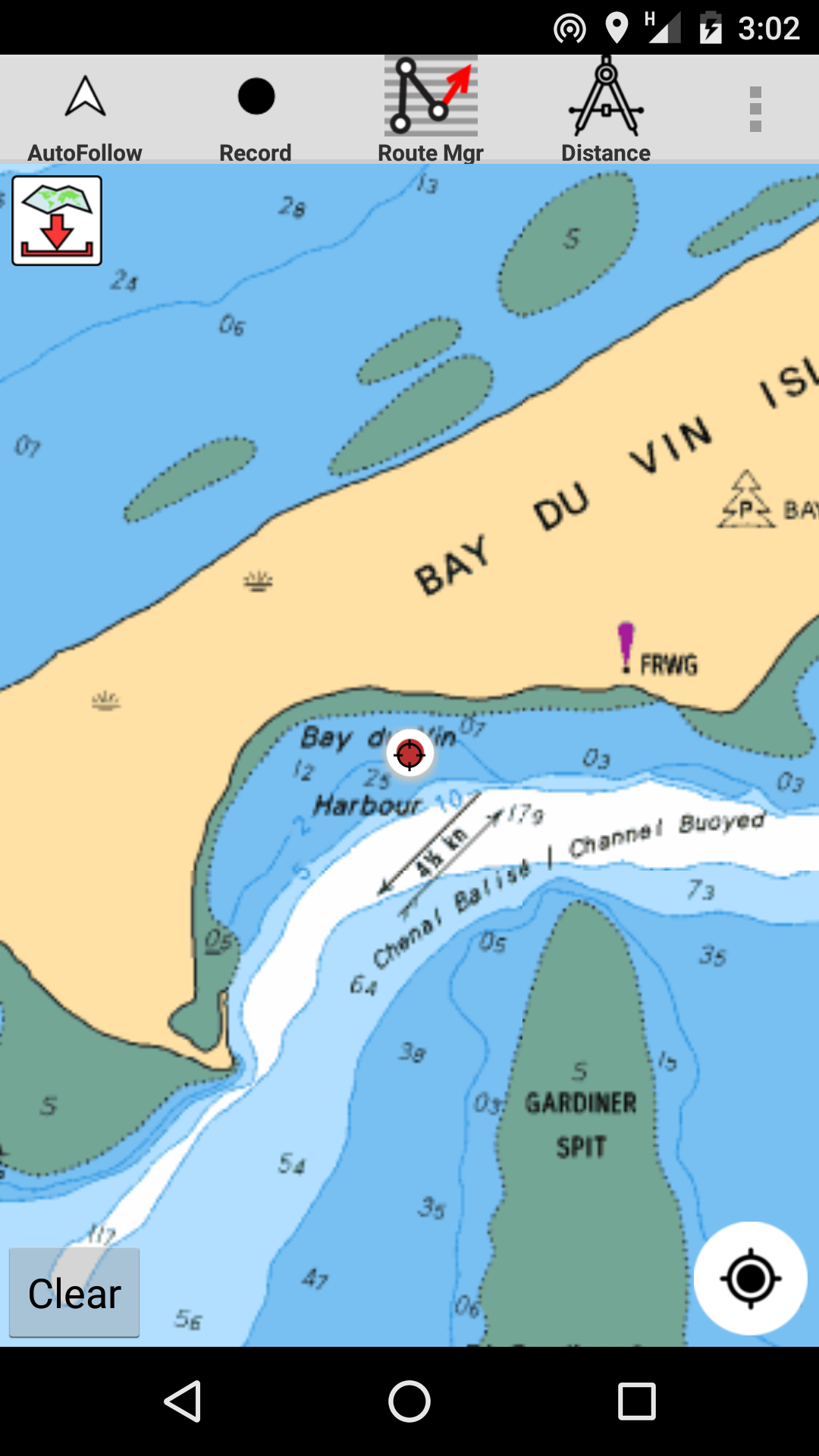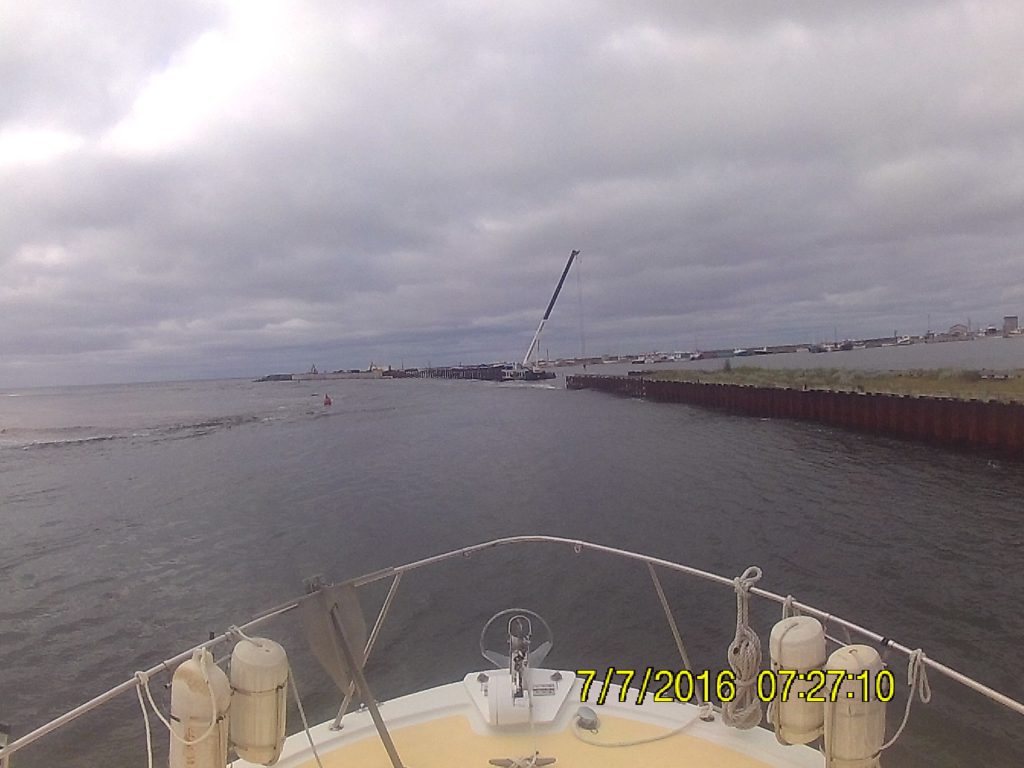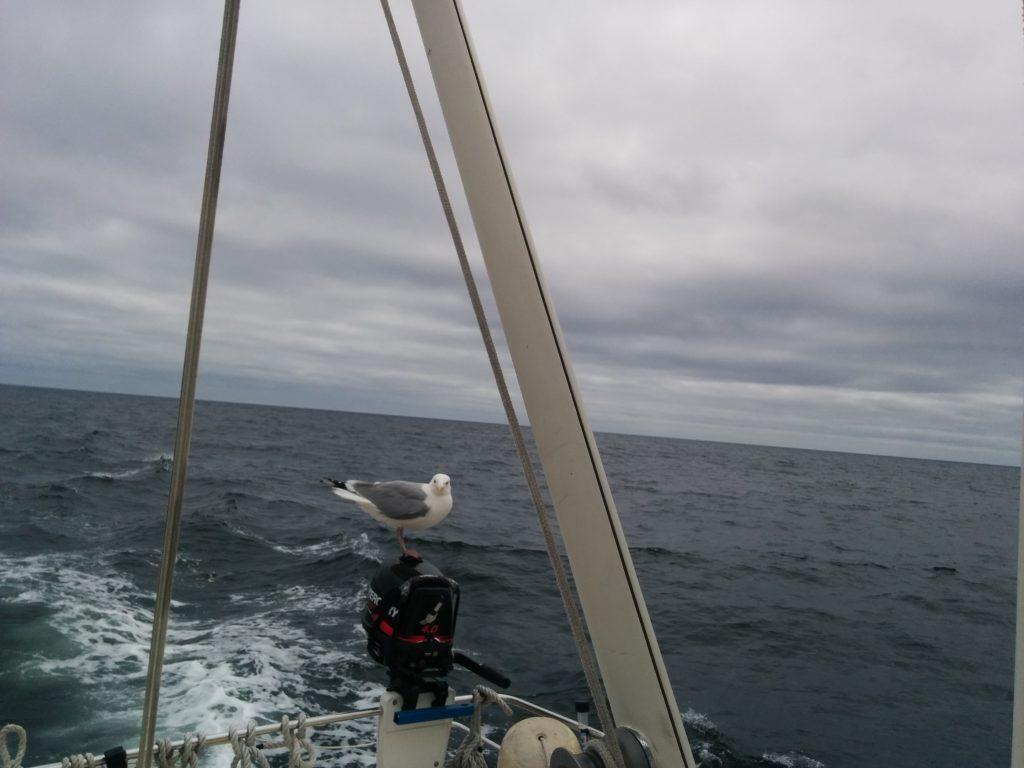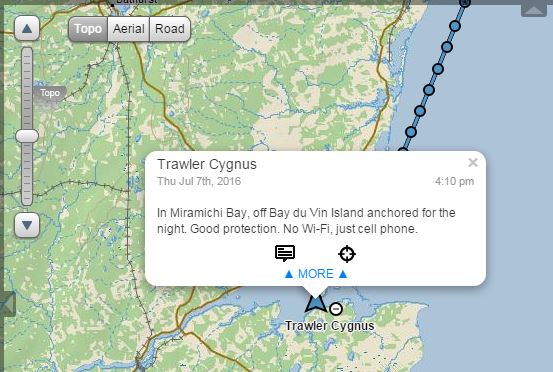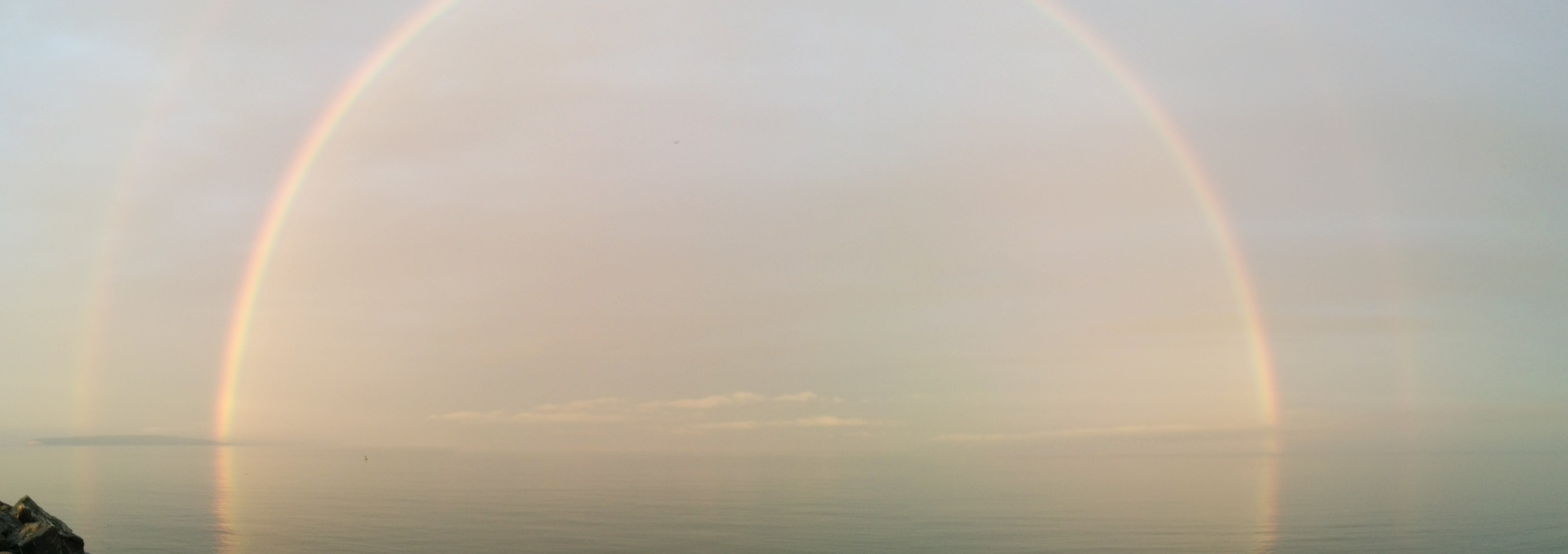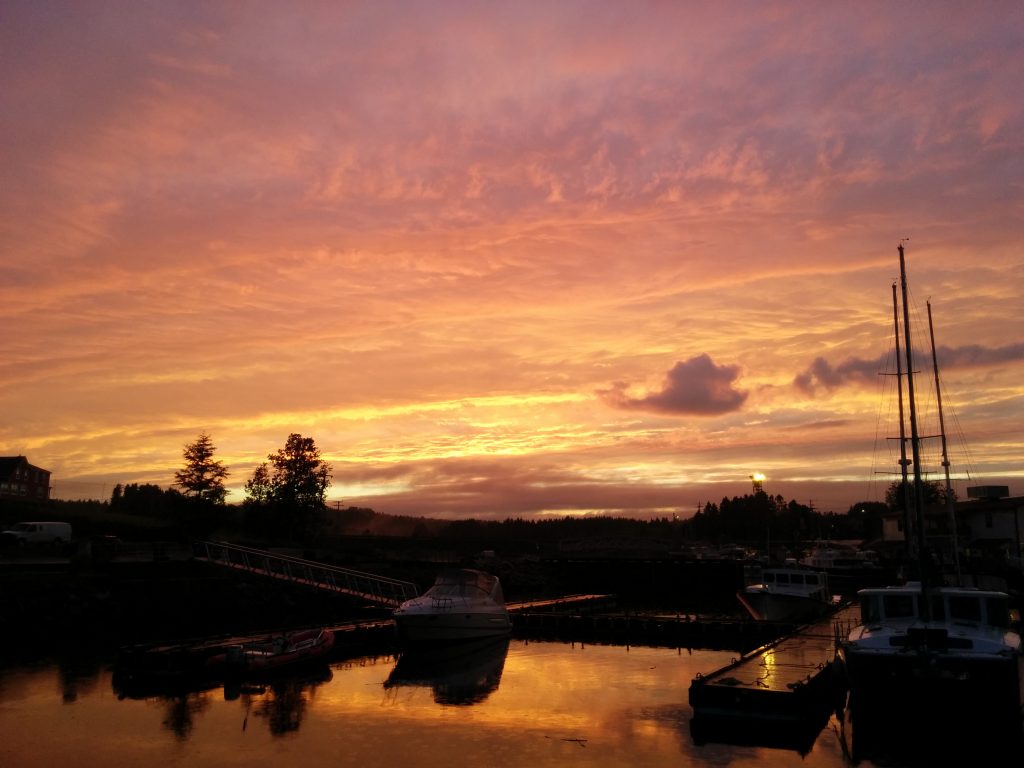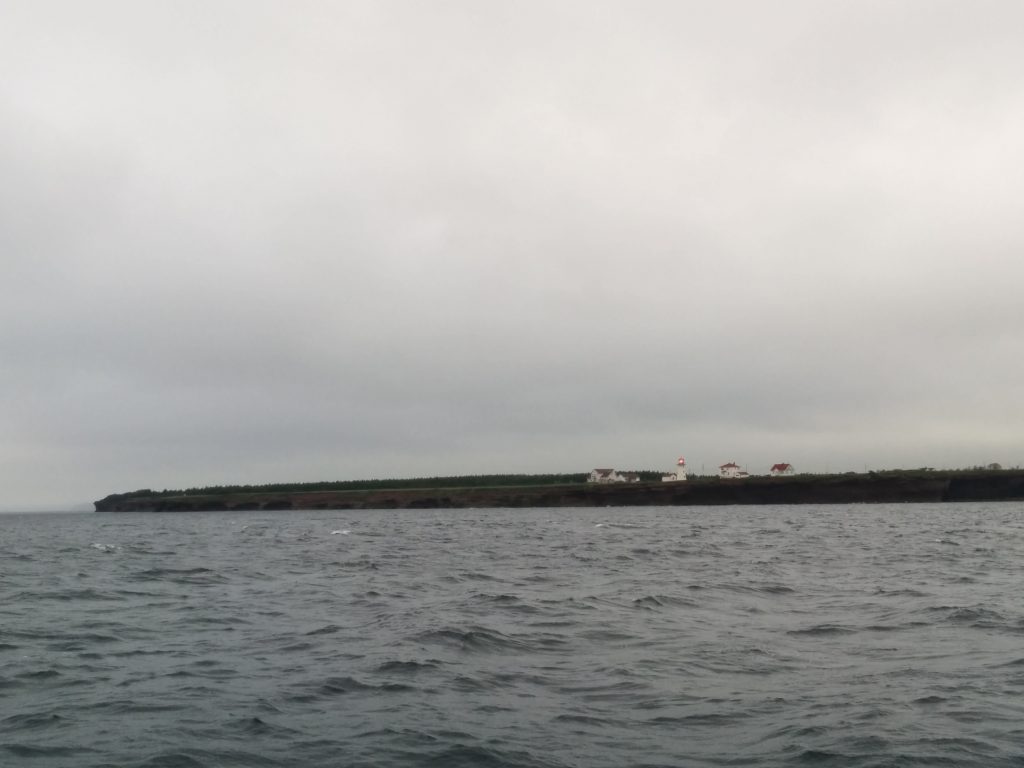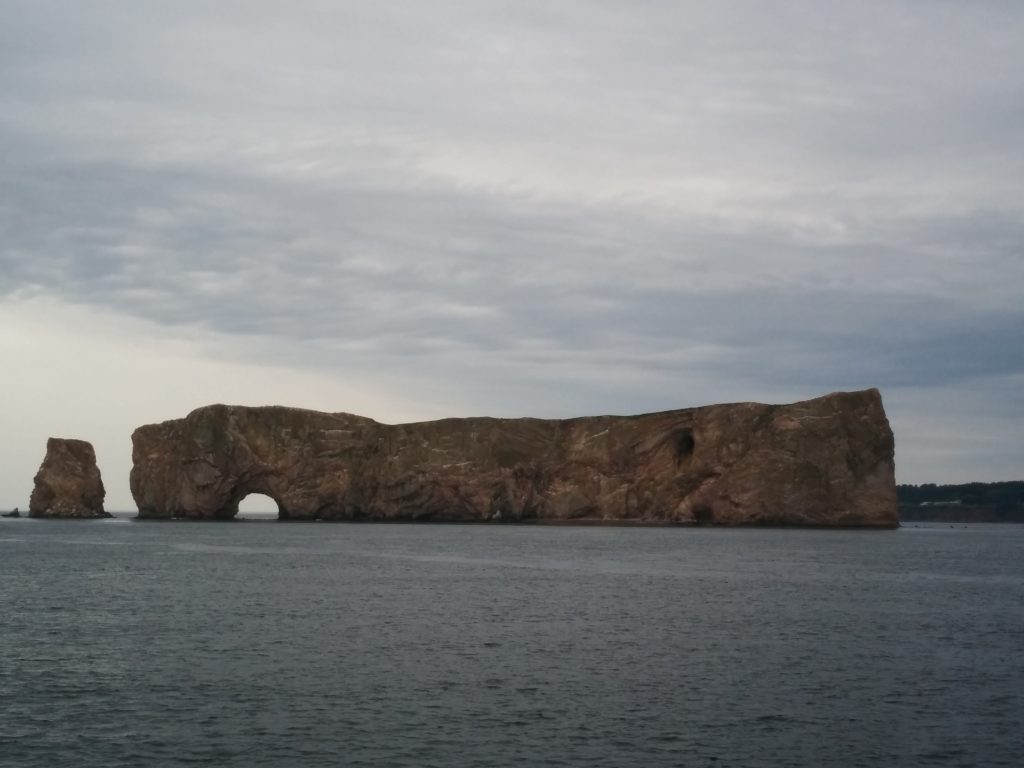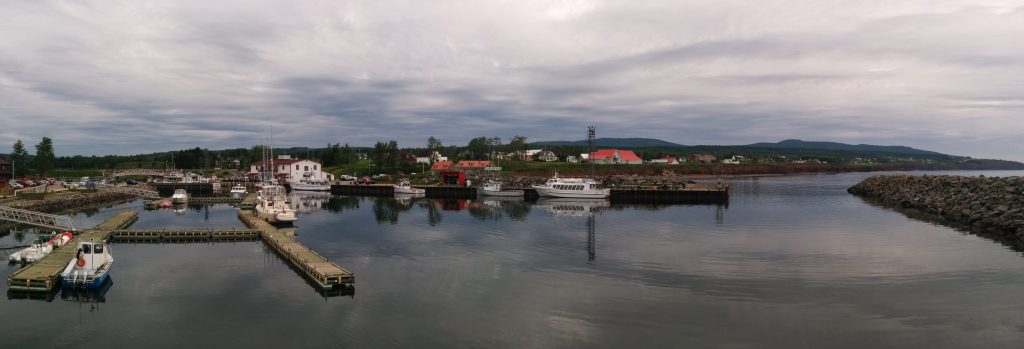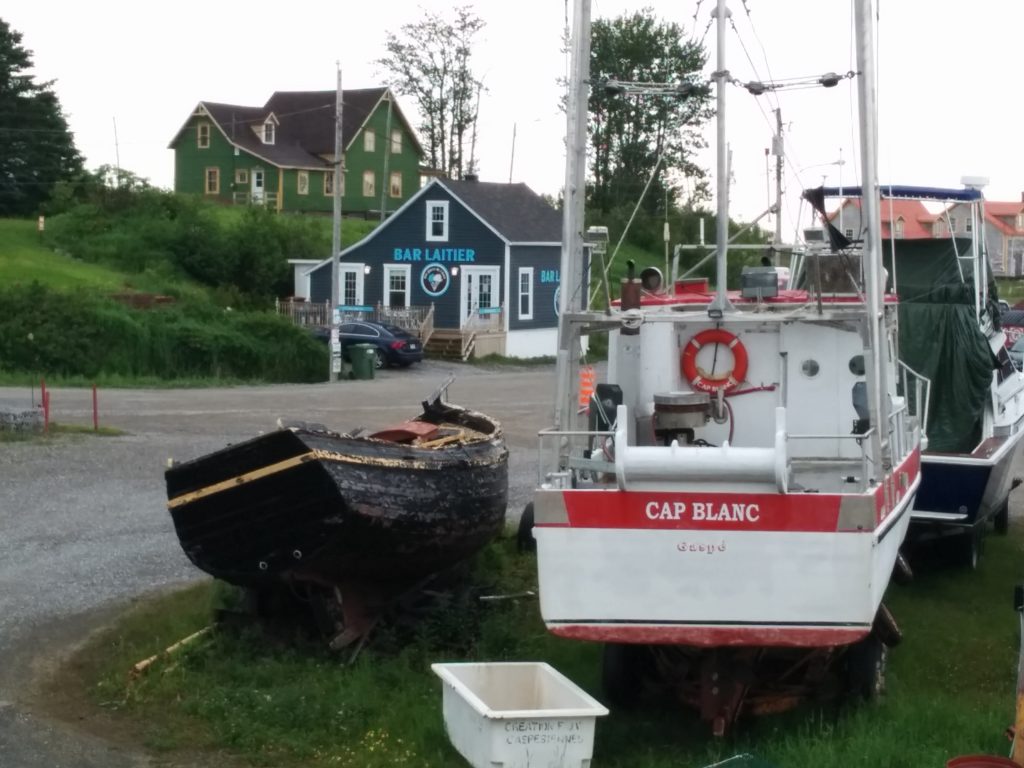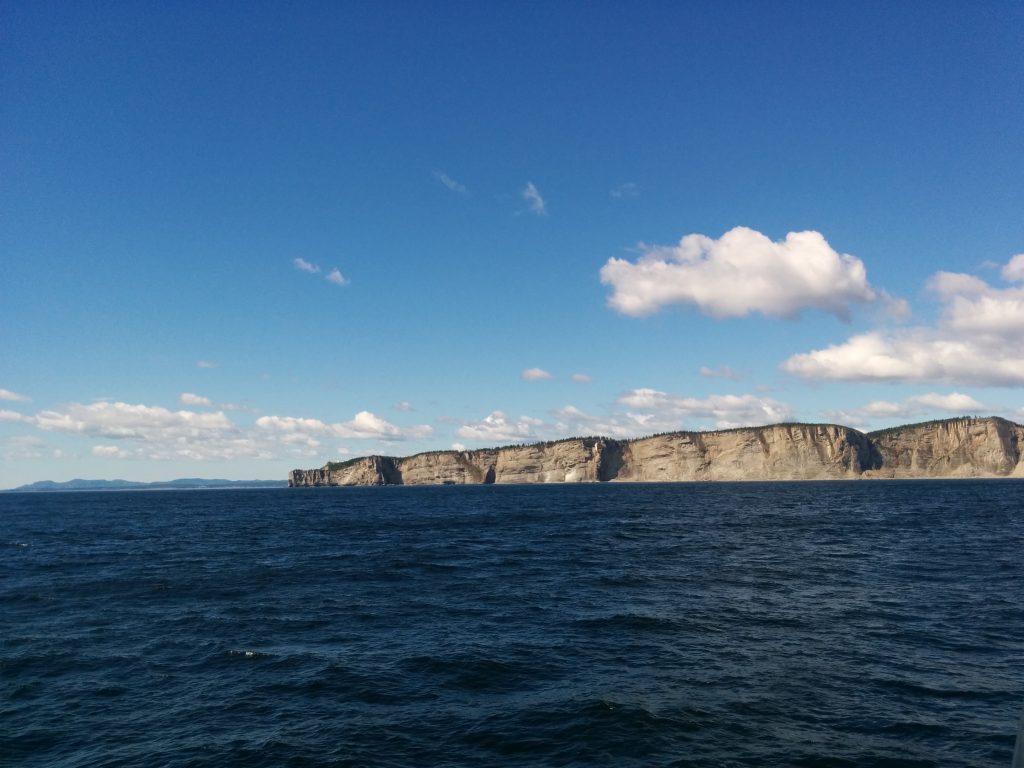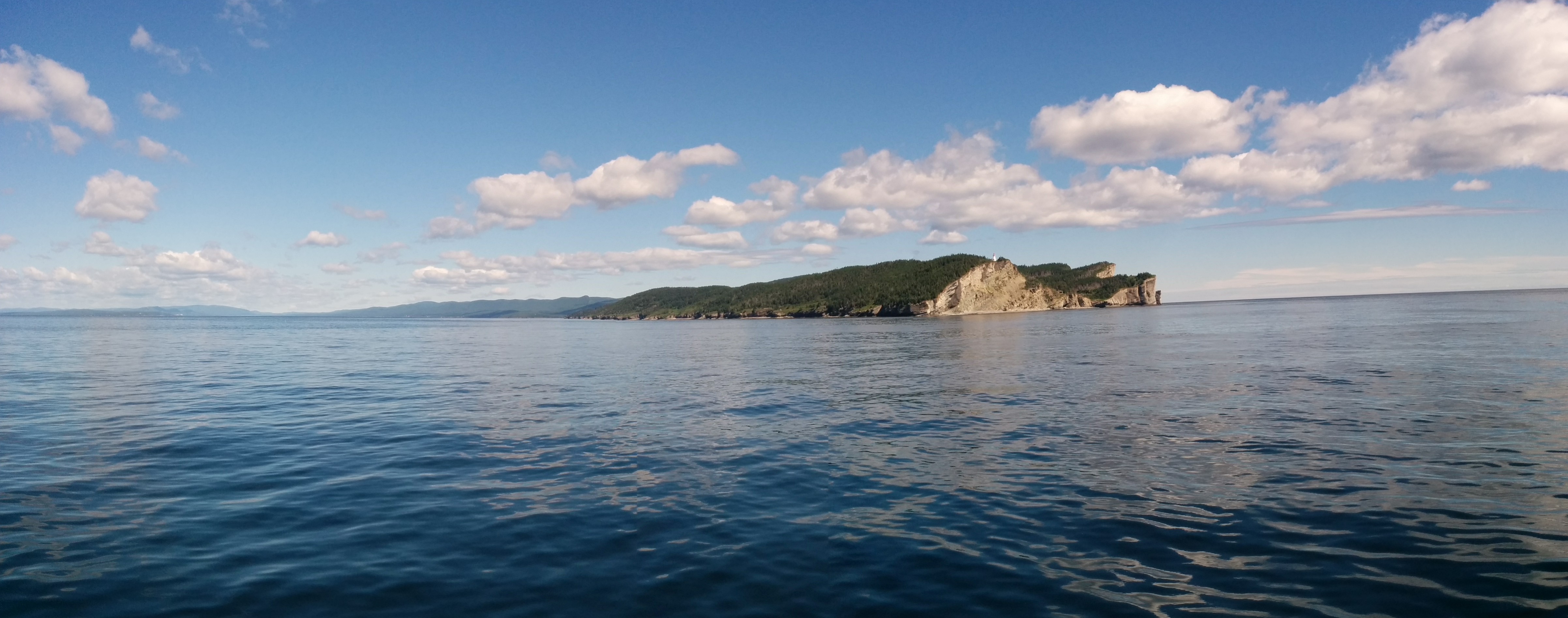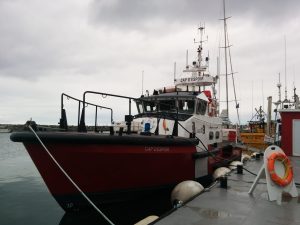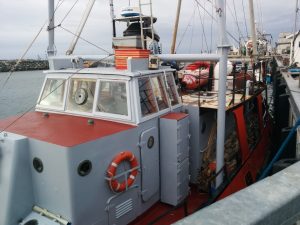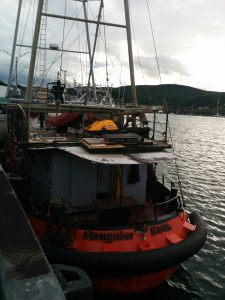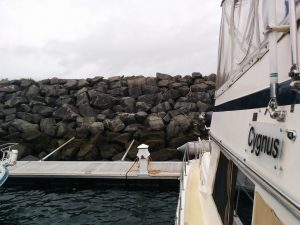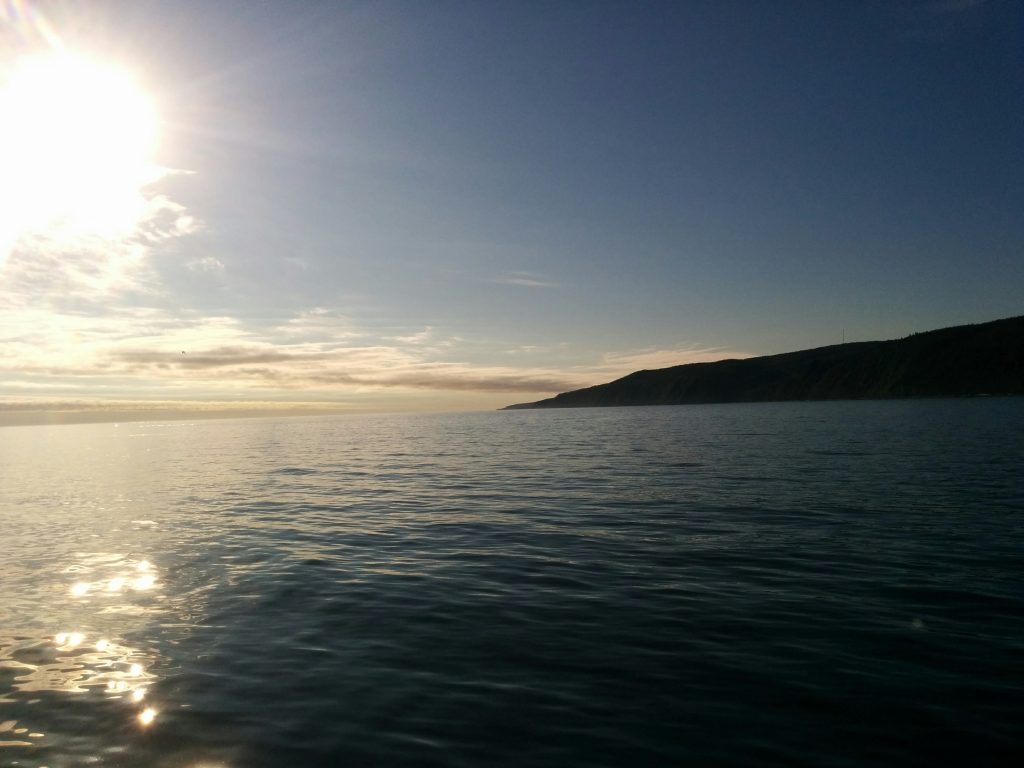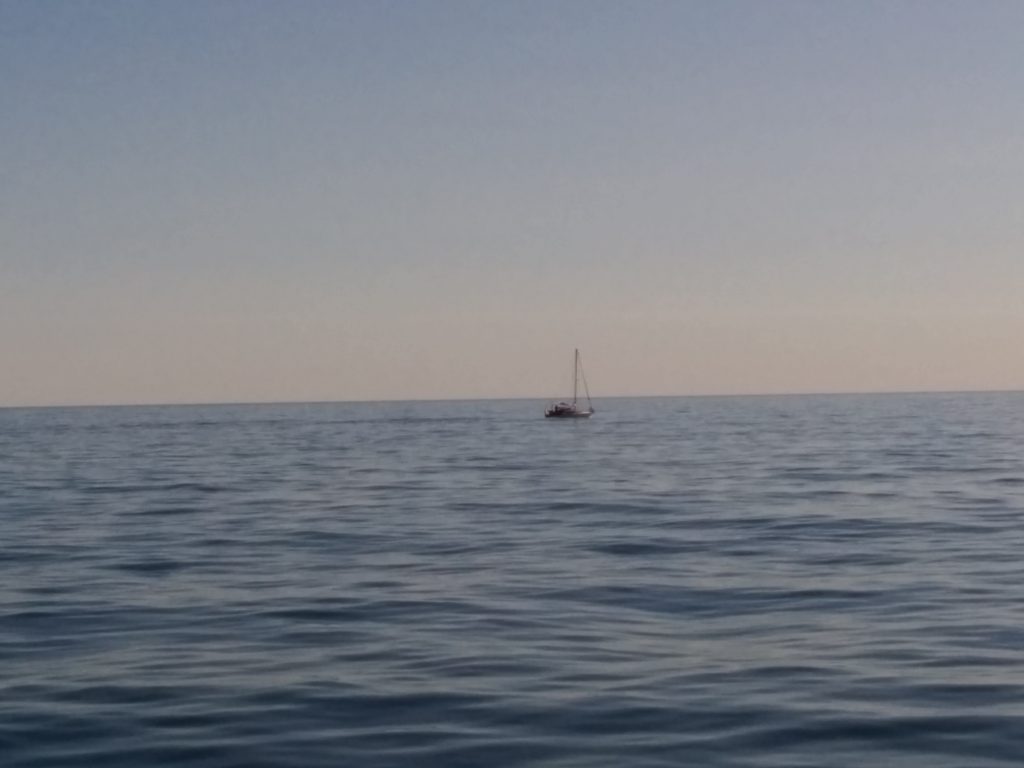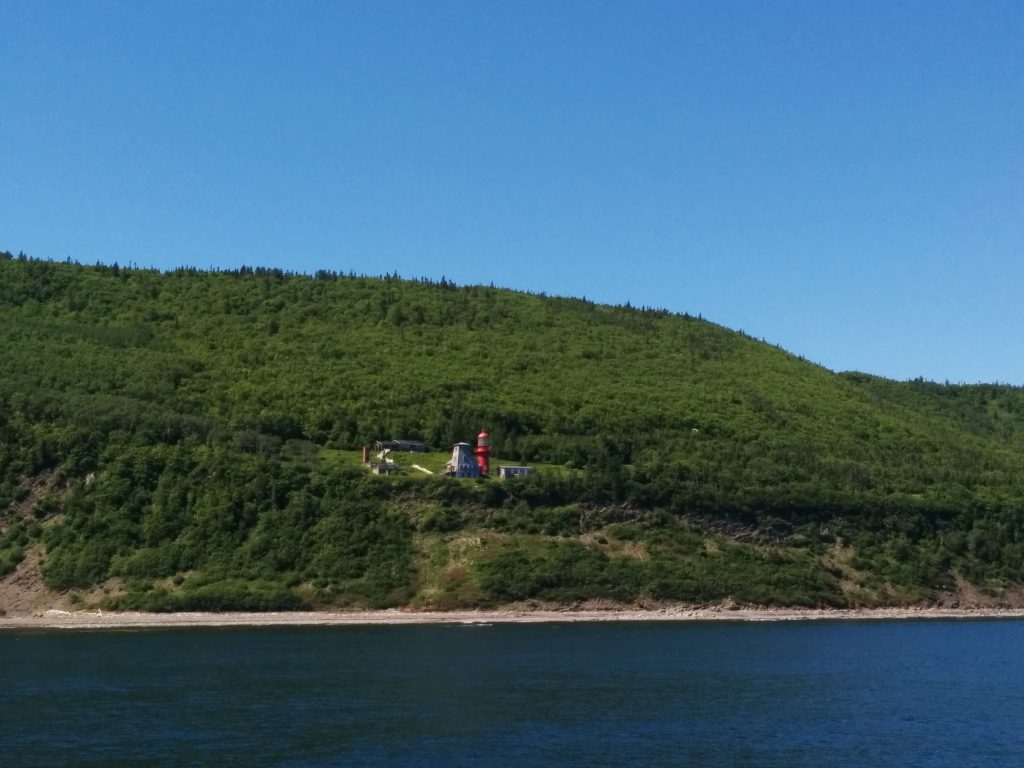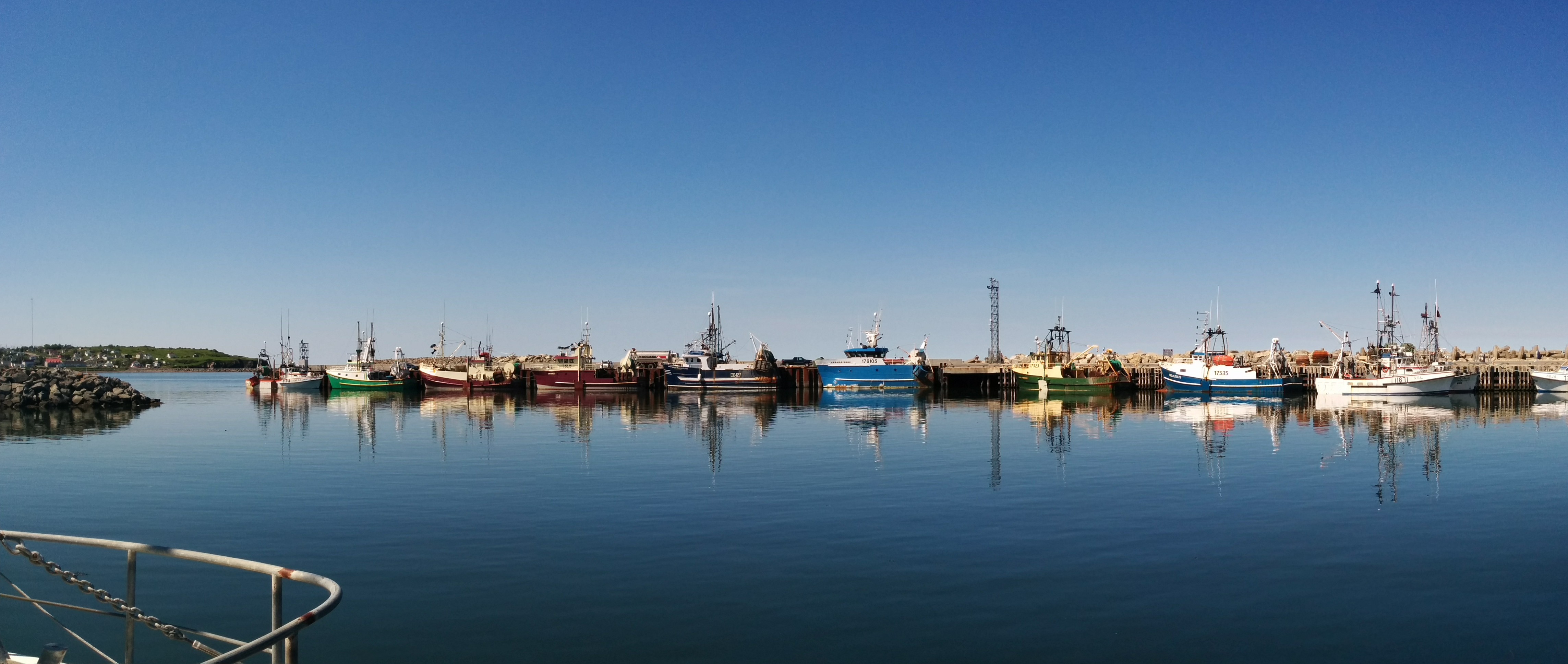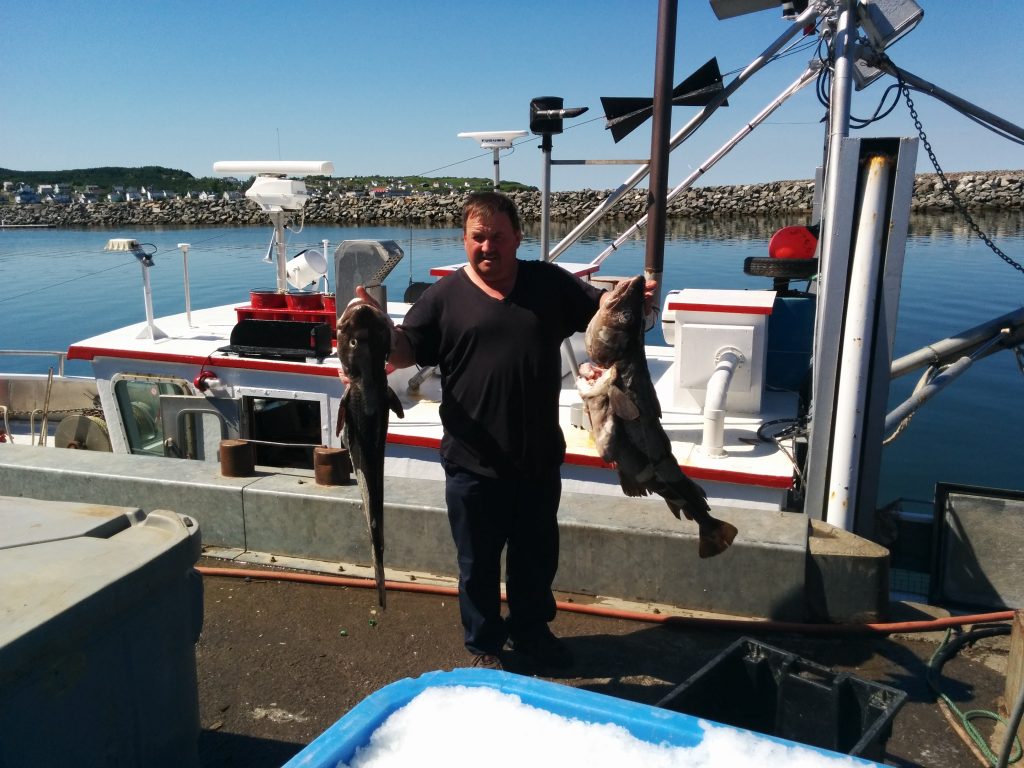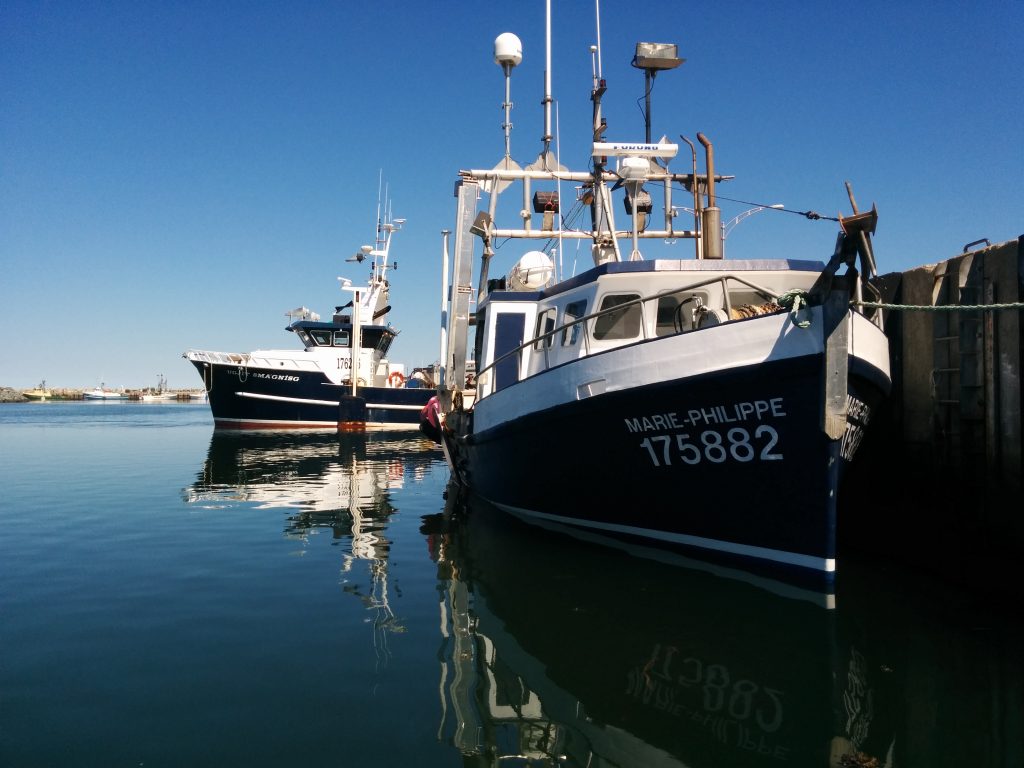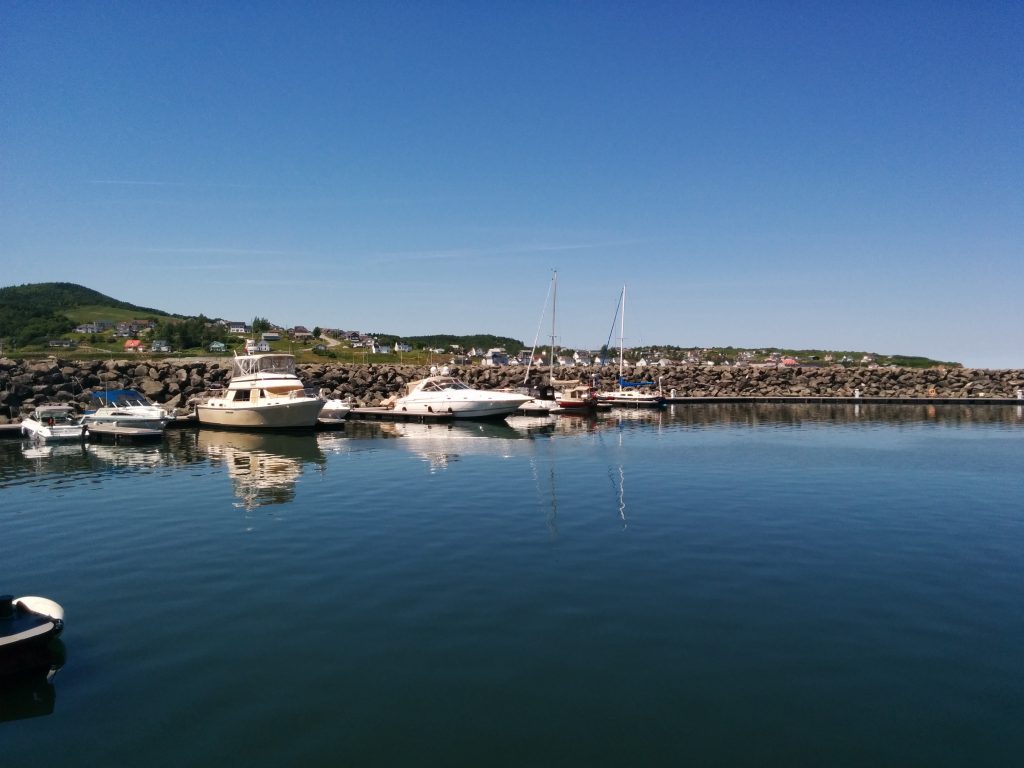Sunday, July 10th
As promised, Paul the mechanic showed up at 9 AM to pick up the injector pump. I’d already taken it out yesterday, with only minor blood loss and a few choice words.
By quarter to ten, he was back with the pump, new gasket in place. While I have the tools, and almost the ability, to do some maintenance jobs, taking apart a high-pressure fuel injector pump is not something it would be wise for me to attempt. They’re full of small and intricate parts, all of which need to work properly together or bad things happen.
After two more hours of blood-letting, I managed to get everything back together and got all the air out of the fuel system. Without going into the boring details, suffice it to say it’s not a fun job.
The engine fired right up, and ran well. I couldn’t see any leaks. So we hit the “stop” switch to shut it down.
First, you have to understand that a diesel engine doesn’t have spark plugs. Diesels run just fine without any electrical power at all. There’s no ignition to shut off. You have to stop them by cutting off the fuel supply.
The fuel supply shutoff is an electrically actuated lever on the injector pump. We’d cycled it a couple of times before starting the engine to verify it was connected correctly. It was.
But it didn’t shut off the fuel supply when it was energized. The engine continued to run as if nothing had happened. The only other option was to shut off the fuel supply at the valve before the primary filter, which still leaves a lot of fuel in the system for it to run through. I tried another old trick, blocking the air supply, but even that took a while, because the powerful suction of a high-compression engine still pulls in some air.
The connections worked fine; the shutoff lever was moving fully when we hit the switch. But it’s connected to the injector internals through the cover that had been removed and replaced to change out the gasket. I can only assume something didn’t get re-connected internally. I know what it means to make assumptions, still, that does seem the most likely possibility. My only option was to try to reach Paul, who had said to call him if there were any problems.
A quick call to Paul went unanswered. That’s not surprising; cell coverage around here is spotty at best, so I left a message.
About this time, one of the locals who we’d met earlier arrived with his wife to offer us a ride to the Co-Op market about 10 kilometers away, in Baie-Sainte-Anne. When they heard our predicament, they immediately started working on finding Paul. We drove by his house; not home. We drove by his girlfriends house. Nope. We saw a car that looked like his at the convenience store, but it wasn’t him. We stopped at his parent’s house and asked his father. Nope. We swung by his brother’s place. Not there either. Our hostess stopped by her sister’s camper to ask her, sometimes he’s in that campground. Nobody there had seen him today. We drove by a couple of other known hang-outs without success.
Along the way, we got the grand tour of this region. The population is about 2,700. Beside fishing, another big industry is peat moss, which is exported to the US. The region has all the essentials; school, firehouse, municipal offices, police station (but don’t expect to see a policeman – not sure why not), arena (presumably hockey), home improvement/lumber store, and quite a bit more. The houses of all the relatives of our tour guides were pointed out. The nicest homes in the area belong to the owners of the fish processing plant and their children.
The towns here are French-speaking, while neighboring towns are populated by English speakers. But everyone is bi-lingual, as are all the signs.
With the whole town now alerted, I’m sure Paul will be showing up at some point to help us sort out the issue with the shutoff.
